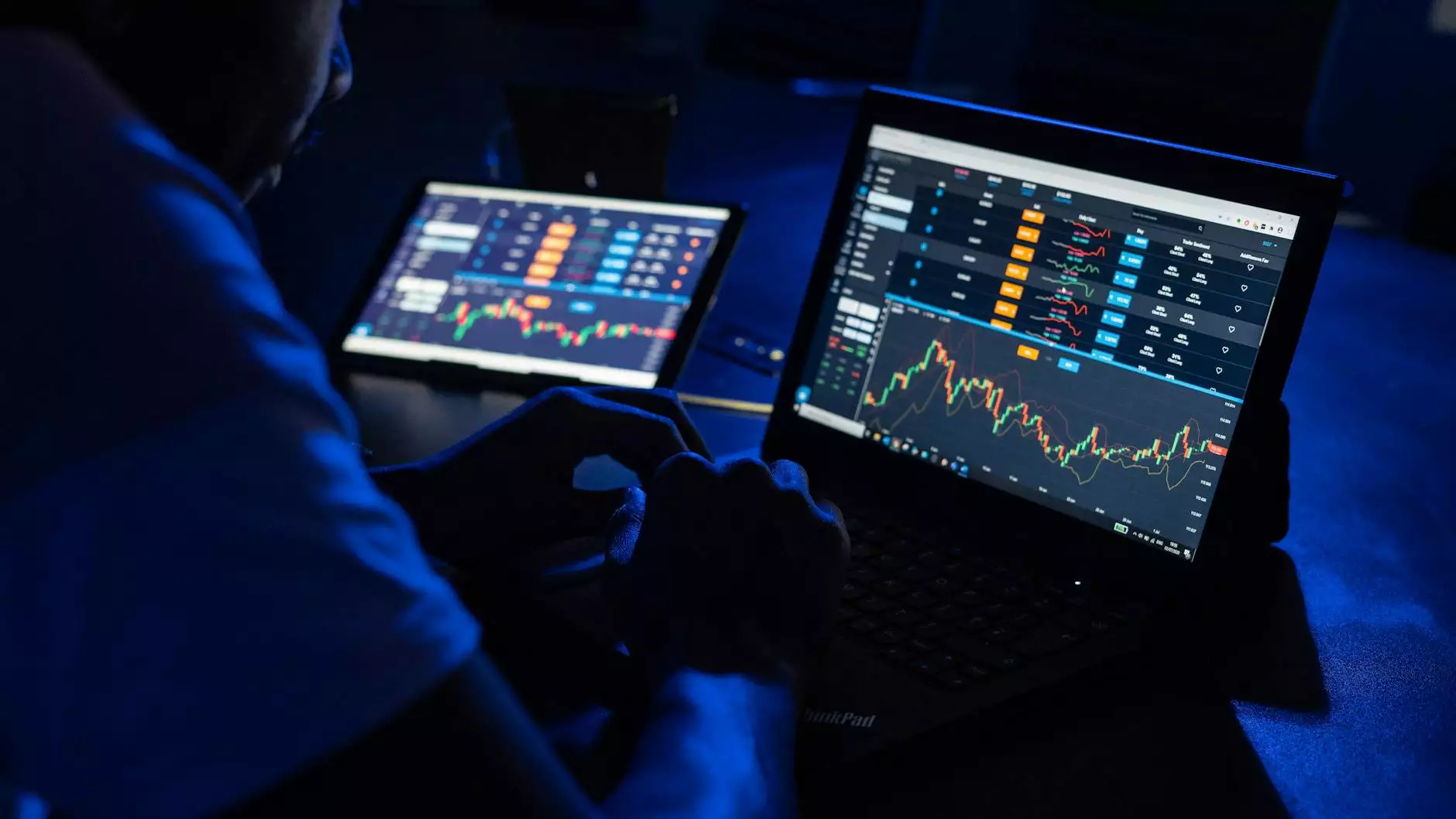Unlocking Profits: The Comprehensive Guide to Forex Trading Systems

The forex trading systems market is a vibrant and dynamic environment that attracts a diverse range of investors. As the largest financial market in the world, with a daily trading volume exceeding $6 trillion, it offers immense opportunities for profit. However, to succeed in this market, traders must equip themselves with a solid trading system and effective tools. This article delves into the nuances of forex trading systems, giving you a comprehensive understanding of how to navigate this complex space.
What are Forex Trading Systems?
Forex trading systems are structured methodologies that traders use to analyze the forex market and make informed trading decisions. They can range from simple strategies based on technical indicators to complex algorithms that incorporate a variety of market factors. The primary goal of these systems is to maximize profitability while managing risk effectively.
Components of a Successful Forex Trading System
A successful forex trading system encompasses several key components, including:
- Market Analysis: Involves both fundamental and technical analysis to gauge market trends and price movements.
- Risk Management: Strategies to minimize losses and protect your capital, crucial for long-term success.
- Entry and Exit Strategies: Clearly defined rules on when to enter or exit trades based on signals from your trading system.
- Trading Psychology: Understanding your emotional responses to market fluctuations and maintaining discipline in your strategies.
Types of Forex Trading Systems
There are various forex trading systems available, each catering to different trading styles and preferences:
1. Trend Following Systems
Trend following systems capitalize on existing market trends. Traders using this system enter trades in the direction of the prevailing trend, often utilizing indicators such as moving averages or the Relative Strength Index (RSI) to confirm their decisions.
2. Range Trading Systems
Range trading systems work under the assumption that prices move within a certain range during specific periods. Traders look for opportunities to buy at the low end of the range and sell at the high end, relying on tools like Bollinger Bands to identify these levels.
3. Breakout Trading Systems
Breakout trading systems aim to capitalize on price movements following a breakout from a consolidation phase. These traders look for significant price levels (supports or resistances) and enter trades once the price breaks through these barriers, anticipating further movement in the direction of the breakout.
4. Scalping Systems
Scalping systems focus on making numerous small profits by executing many trades over short periods. Scalpers typically rely on minute or even second charts and utilize tight stop-loss orders to minimize risk.
Incorporating MT4/MT5 Indicators in Your Trading System
MetaTrader 4 (MT4) and MetaTrader 5 (MT5) are two of the most popular trading platforms used by forex traders worldwide. They offer a range of tools and indicators that can significantly enhance your forex trading systems.
Key MT4/MT5 Indicators to Consider
- Moving Averages: Used to smooth out price data and identify market trends.
- Relative Strength Index (RSI): A momentum oscillator that measures the speed and change of price movements.
- Bollinger Bands: Useful for determining overbought or oversold conditions in a market.
- MACD (Moving Average Convergence Divergence): Helps traders identify potential buy and sell signals through its crossovers.
Understanding Forex Signals Hub
A forex signals hub provides traders with recommendations on when to buy or sell a currency pair. These signals can be generated by automated systems or professional analysts. Utilizing a signals hub can complement your trading system by providing timely opportunities that may not be evident through analysis alone.
Building Your Own Forex Trading System
Creating a personalized forex trading system is an empowering way to take control of your trading journey. Here’s a step-by-step guide to help you develop your own system:
Step 1: Define Your Trading Goals
Understand what you want to achieve with your trading. Set clear financial objectives, such as monthly profits, desired return on investment, or specific milestones.
Step 2: Choose Your Trading Style
Decide whether you want to be a scalper, day trader, swing trader, or position trader. Each style requires different setups and strategies, so choose one that fits your personality and lifestyle.
Step 3: Select Your Tools and Indicators
Choose the MT4 or MT5 indicators that align with your strategy. Be cautious not to overload your system with too many indicators; focus on a select few that provide the best insights for your trading style.
Step 4: Establish Risk Management Rules
Define how much of your capital you are willing to risk on each trade. A common rule is to risk no more than 1-2% of your total trading capital on a single trade.
Step 5: Test Your Trading System
Before implementing your system in live markets, conduct backtesting using historical data to assess its effectiveness. Make adjustments based on your findings.
Step 6: Keep a Trading Journal
Document your trades, including entry and exit points, reasons for taking the trade, and outcomes. A trading journal helps identify patterns in your trading behavior and ensures continuous improvement.
The Role of Psychology in Forex Trading
The psychological aspect of trading cannot be overstated. Trading can be emotionally taxing, and it is essential to cultivate the right mindset. Key considerations include:
- Discipline: Adhere to your trading plan, irrespective of market emotions.
- Patience: Wait for your indicators and signals to align before executing trades.
- Emotional Control: Manage fear of missing out (FOMO) and the urge to revenge trade after a loss.
Continuous Learning and Adaptation
Forex trading is an ever-evolving game. Markets change, strategies need to be adapted, and continuous learning is paramount. Engaging with trading communities, attending webinars, and reading relevant literature can enhance your knowledge and keep you informed about new innovations in trading systems.
Conclusion: Your Path to Successful Forex Trading
In the world of forex, having a robust forex trading system is imperative for achieving sustainable profit. From understanding different trading styles to utilizing advanced tools like MT4/MT5 indicators and forex signals, each component plays an essential role in your journey. Always remember that success in trading is not just about having the right strategy; it’s about executing that strategy with discipline, patience, and continuous improvement. Equip yourself with knowledge, practice diligently, and stay resilient as you navigate the dynamic forex markets.









